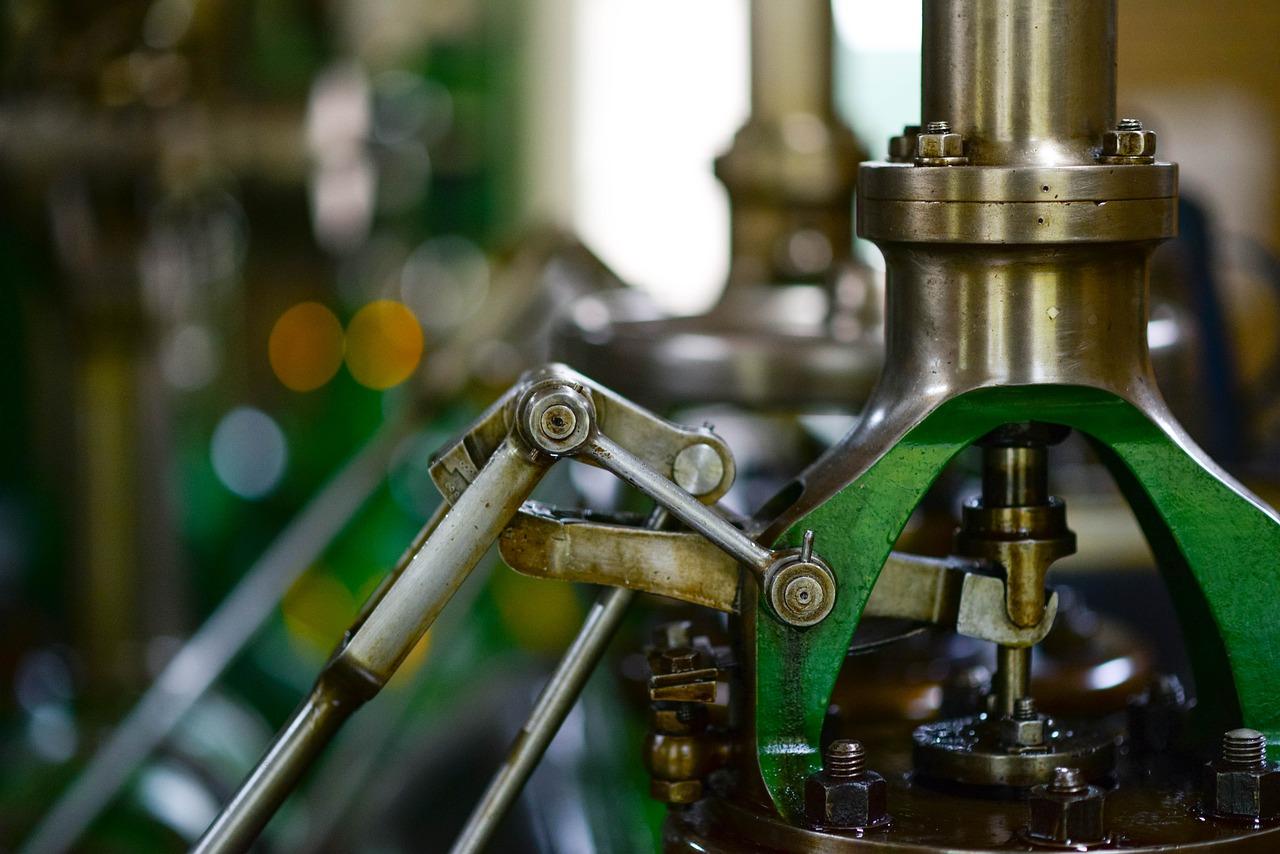Hydraulic systems are the backbone of many industrial processes, providing the power necessary to perform a wide range of tasks efficiently and reliably. Whether it’s powering heavy machinery, lifting equipment, or compacting materials in a textile baler, hydraulic systems rely on a variety of components to function effectively. One such component, often overlooked but crucial to the system’s performance, is the hydraulic piston seal. In the context of textile balers, where pressure and precision are paramount, the hydraulic piston seal plays a particularly critical role in ensuring smooth operation and preventing costly downtime.
Understanding Hydraulic Systems in Textile Balers
Textile balers are specialized machines designed to compress textile waste into dense bales for easier handling, storage, and transportation. At the heart of these machines lies a hydraulic system responsible for generating the force necessary to compact the waste materials effectively. The hydraulic system consists of several key components, including a hydraulic piston, cylinder, pump, and fluid reservoir, all working together to convert hydraulic energy into mechanical force.
The Role of the Hydraulic Piston Seal
Among these components, the hydraulic piston seal stands out as a key linchpin in the system’s functionality. This is essential for generating the force required to compress the textile waste effectively. Without a properly functioning seal, hydraulic fluid leakage can occur, resulting in reduced system efficiency, increased energy consumption, and potential damage to other components.
Characteristics of Hydraulic Piston Seals
Hydraulic piston seals are engineered to withstand the demanding conditions encountered in hydraulic systems, including high pressures, varying temperatures, and continuous motion. They are typically made from durable materials such as elastomers, thermoplastics, or polyurethane compounds, chosen for their ability to provide a tight and reliable seal over a wide range of operating conditions.
Importance of Seal Integrity in Textile Balers
In textile balers, where precision and consistency are essential for achieving optimal bale density and quality, the integrity of the hydraulic piston seal is paramount. Any leakage past the seal can result in inconsistent compaction, leading to uneven bale density and compromised structural integrity. This not only affects the overall efficiency of the baling process but also jeopardizes the quality of the final product, potentially rendering it unsuitable for recycling or resale.
Preventing Hydraulic Fluid Leakage
To prevent hydraulic fluid leakage and ensure reliable operation, proper installation and maintenance of hydraulic piston seals are crucial. Regular inspection of seals for signs of wear, damage, or deterioration is essential, as any defects can compromise seal performance and lead to costly downtime. Additionally, using high-quality seals specifically designed for the operating conditions of the textile baler can help extend seal life and minimize the risk of failure.
Optimizing Textile Baler Performance
By understanding the critical role of hydraulic piston seals and taking proactive measures to maintain seal integrity, textile baler operators can optimize performance, maximize efficiency, and prolong equipment lifespan. Investing in quality seals and implementing a robust maintenance regimen can yield significant benefits in terms of productivity, reliability, and cost-effectiveness.
Future Developments in Seal Technology
As technology advances and demands for higher performance and efficiency increase, hydraulic piston seal manufacturers continue to innovate and develop new materials, designs, and sealing technologies. These advancements aim to enhance seal performance, improve reliability, and address emerging challenges in hydraulic system design and operation. From advanced elastomers with superior wear resistance to innovative sealing geometries that minimize friction and leakage, the future of hydraulic piston seals holds promise for further optimizing textile baler functionality.
Conclusion
In conclusion, the hydraulic piston seal plays a critical role in the functionality and performance of textile balers, ensuring reliable operation and efficient compaction of textile waste. By maintaining seal integrity and investing in quality seals designed for the specific requirements of textile baling applications, operators can minimize downtime, maximize productivity, and achieve optimal bale quality. As technology continues to evolve, ongoing advancements in seal materials and designs promise to further enhance the efficiency and effectiveness of hydraulic systems in textile balers and beyond.





